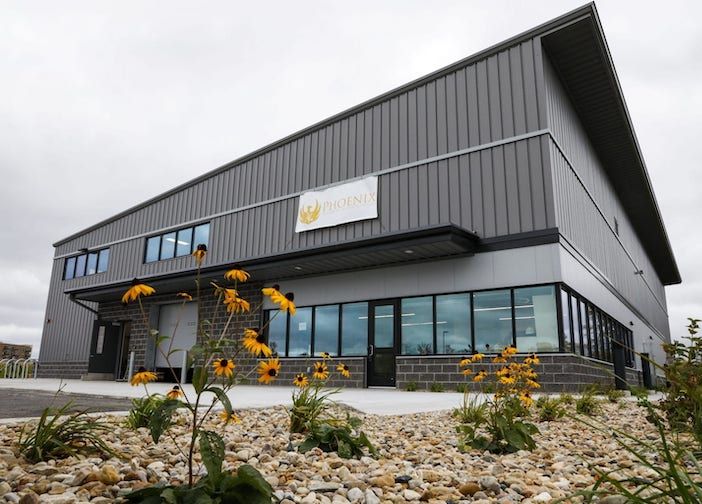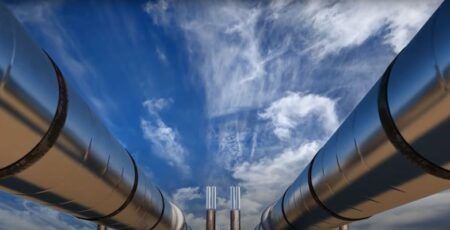Wisconsin, USA-based nuclear technology company Phoenix has demonstrated its capability to take ASTM Category I neutron radiographs at its new accelerator-based industrial radiography facility.
ASTM Category I images are the highest image quality level specified by ASTM E545, the gold standard for defining the quality of neutron radiographs.
The Phoenix Neutron Imaging Center (PNIC), which opened in October is able to provide neutron imaging to this standard without the use of a nuclear reactor using a compact particle accelerator-based system
Neutron imaging, also known as N-ray, is a form of radiographic inspection similar to X-ray imaging that can provide information and insight into an object’s internal structure that other non-destructive testing (NDT) techniques cannot. Neutron imaging is used to inspect products such as the turbine blades found in aircraft jet engines, energetic devices such as aircraft ejection mechanisms, spacecraft payload fairing separation mechanisms, and munitions.
Neutron imaging was first used as an industrial NDT technique in the 1950s and usually uses neutrons generated from nuclear reactors. However, increasing regulation and costs means many nuclear reactors have closed, limiting the availability of neutron inspection in the NDT community.
According to Phoenix, the ASTM Category I images represents the culmination of years of work by Phoenix’s engineers.
Evan Sengbusch, president of Phoenix said, “The ability to generate ultra-high-quality neutron images with a small, relatively low-cost, accelerator-based neutron imaging system is an industry game-changer.
“This achievement is analogous to the early use of compact x-ray generators in medical diagnostics over a century ago. It is a first step in making neutron imaging as ubiquitous as x-ray imaging is today.”
The company said it is now positioned to take on neutron imaging work put at risk by an aging nuclear reactor fleet and maintain the high quality and reliability levels required for a broad range of aerospace and defense components supplied to the government and commercial sectors.
Unlike a nuclear reactor, the Phoenix system can be built anywhere, making it possible for high-volume users of neutron imaging to have dedicated neutron imaging capabilities in-house.
The 10,000 square foot PNIC that opened in October will provide neutron activation analysis, radiation effects testing, neutron (n-ray), and x-ray imaging. The company’s 50,000 square foot corporate headquarters, construction of which started in November this year, will also be located on the same site and will allow Phoenix to meet the increasing demand for accelerator systems and employ an estimated additional 50 engineers over the next several years.





